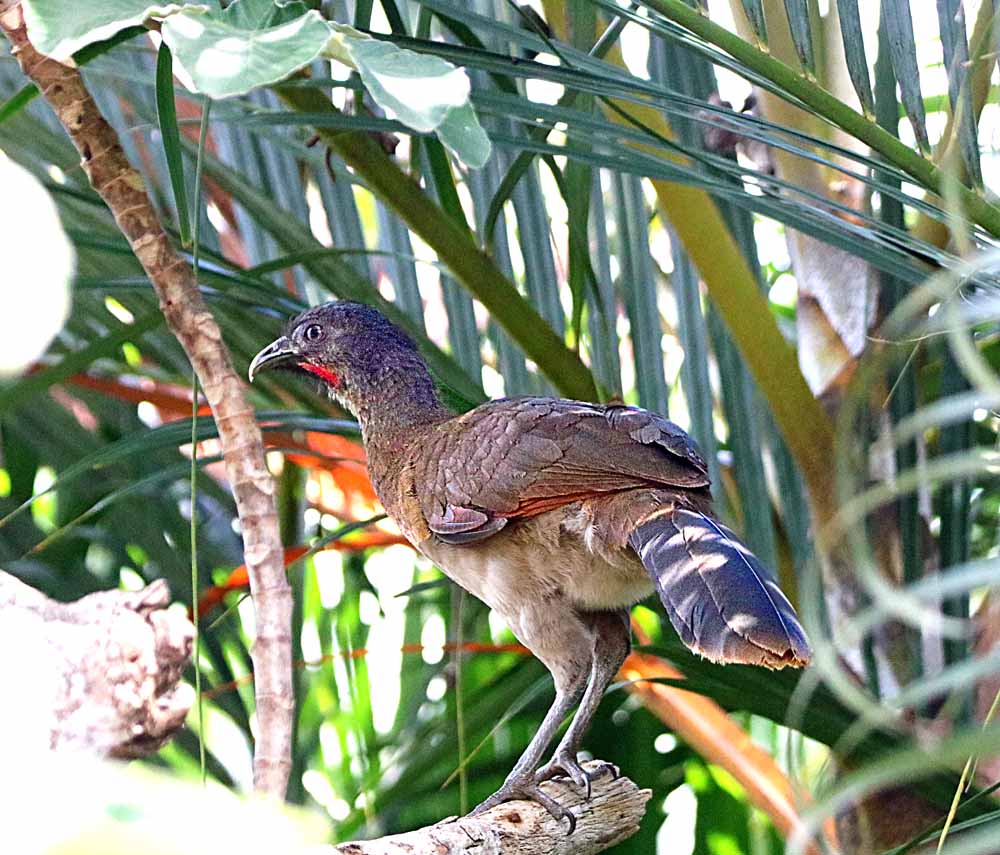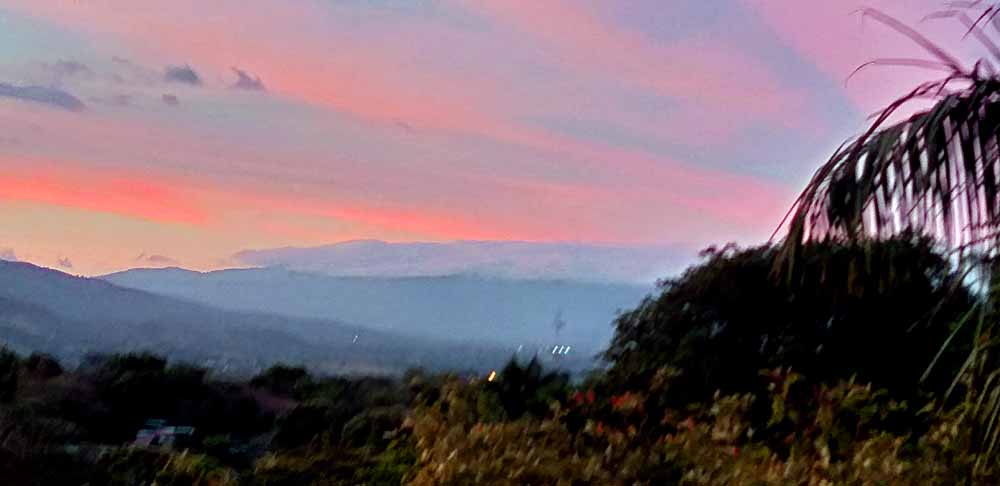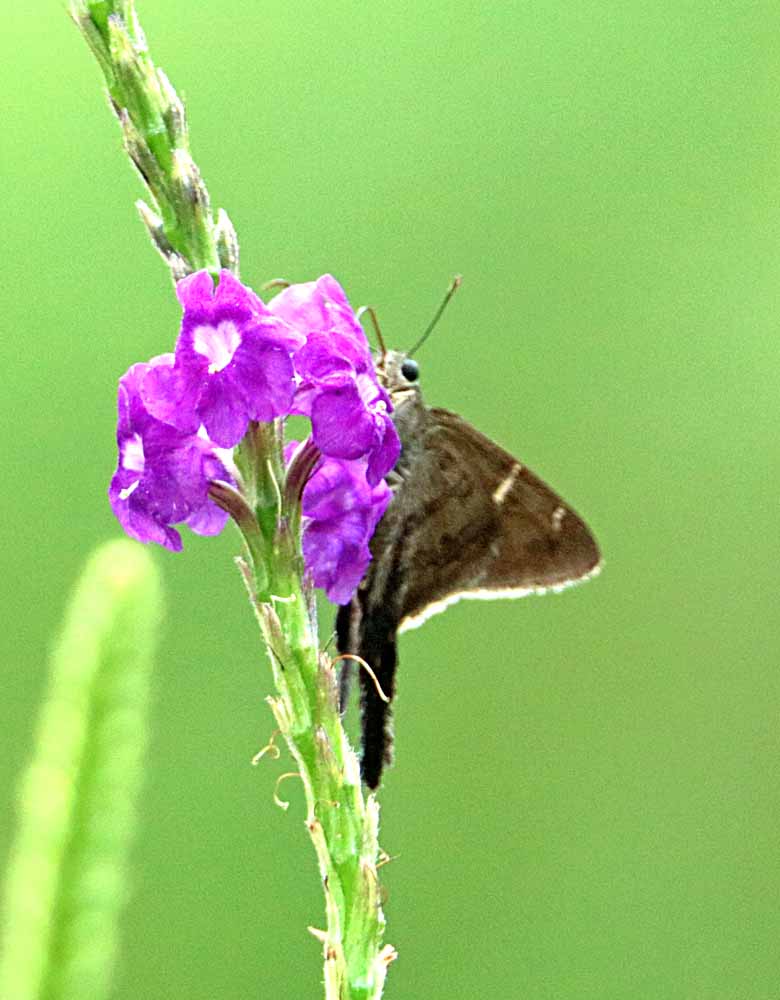I’ve shared here before that I’ve had some very good experiences in the public health system with multiple specialists that I see (free if a legal resident), but when something is too slow from their overload of patients, I can, and occasionally do, choose the private healthcare system with many doctor choices and all expensive (though not as expensive as in the states!).
Last Wednesday evening my next door neighbor climbed up on a folding chair on his front porch to knock down a wasp nest and fell off on his hard tile floor and was calling out in pain. I went over to check on him and he did not want me to call a Red Cross ambulance, because they charge you and he has no funds for that, so I call a taxi and took him to our Atenas Clinic Emergency Room. The service there was very good (better than sometimes in the crowded Emergency Room!) with all his vitals checked and seeing a doctor within an hour and a half, it was no slower than any of my ER trips in Nashville! 🙂 The doctor called for a social security van ambulance to take him to the closest public hospital for an X-ray as he was acting like his arm was broken, maybe in two places. Within another 30-45 minutes he was in an ambulance on his way to Alajuela. So far, pretty good for not a penny of cost for him!
Then at Hospital San Rafael de Alajuela, he was seen quickly and x-rayed within about an hour. He has a broken shoulder and elbow! They scheduled him for the first available orthopedic surgeon which was 10 days away and said “we want you to stay in the hospital until after the surgery. But sorry, we have no available beds and you will have to wait in a chair in the hallway for a few days until a bed in the orthopedic ward becomes available.” 🙁 Saturday he was told he would probably have a bed on Sunday, the day I’m writing this and I haven’t communicated to see if he does.
THAT IS WHY MANY PEOPLE ARE UNHAPPY WITH CAJA (nickname for the Social Security Healthcare System): (1) A 10 day wait for surgery in an otherwise good system that is overloaded and under-staffed. (2) Like most public hospitals here, the government doesn’t provide enough money to expand and provide more beds and thus often there are no beds when needed. It was especially critical during Covid. He will survive but neither of the above two situations are good!
So, the next morning (Thursday), I took him some personal items from his house he will need in the hospital. Then I returned to my house a little after noon and started vomiting all over the place, followed by the expected diarrhea! No fun! And I did not want to deal with CAJA again, so I got an appointment with my private GP the next morning to be treated at my cost, which is always an option if you can afford to pay (my neighbor could not). So in some ways it is like the states, if you have money, you get quicker service (private room, etc.). But I am still not well, though no more vomiting or diarrhea. The private doc had me get all the lab work on blood and stool sample and I have 4 different medicine lasting 4 days to a week. (All costly!) Hoping I’m over it soon! 🙂
And how much different would my treatment have been at the public clinic? I don’t know, but was feeling so bad I did not want to find out! 🙂 And yes, I could get private healthcare insurance here, but at an unaffordable high price. And my local GP’s clinic has a “Membership” at $100 a month and I had it before I started using public, but I never needed that much service and it did not include the lab or pharmacy costs. So I dropped that. As you get older, medical services become more important and almost always depend on your income and available funds. If I every need another big cancer surgery & treatment, it will have to be with the public system, regardless how long I have to wait. I don’t have enough money to do it again. But at least Costa Rica has a basically very good public healthcare system, even if sometimes very slow. And 10 days is not near as long a wait as some people have for some surgeries.
Sorry! I got more long-winded than I intended! But maybe that partially explains why many people here don’t like the public health system, but remember that for the poorest person it is often a lifesaver! And though with a big overload of patients and work, they are extremely well-organized and with a computerized healthcare system that’s the envy of many countries!
So, I still like it! But will occasionally exercise my freedom to go private when I can afford it, as I did again this week.
¡Pura Vida!
Like this:
Like Loading...

















